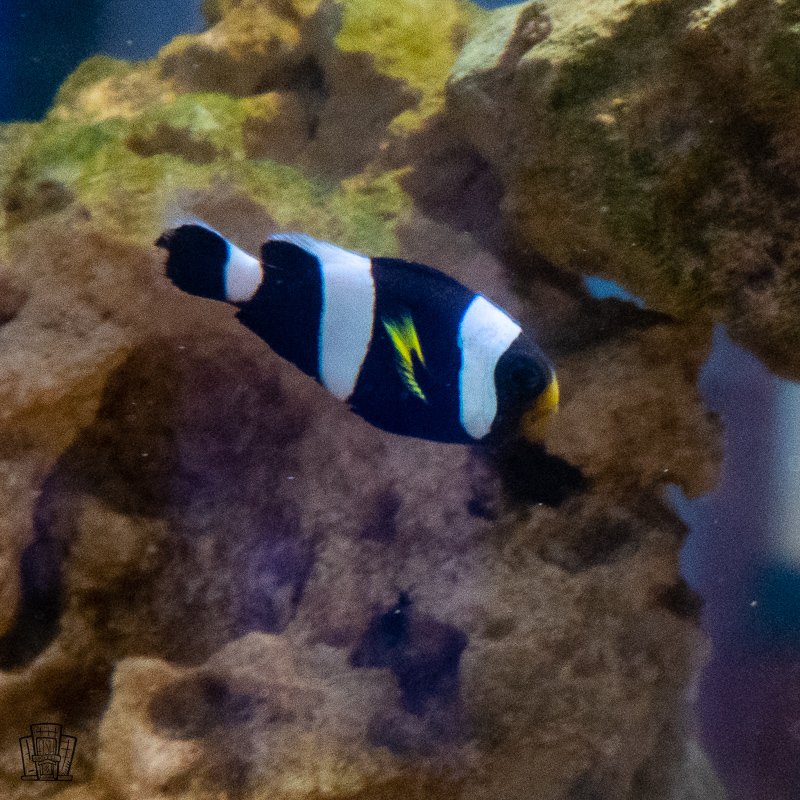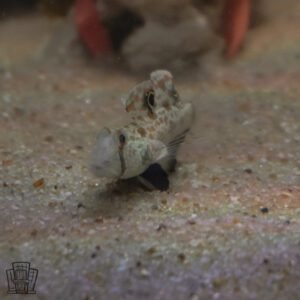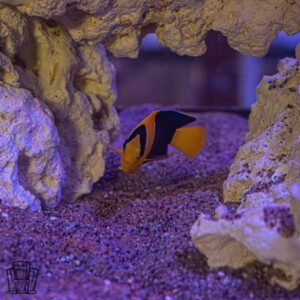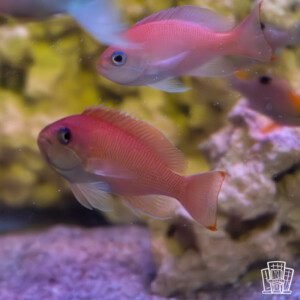Description
- Scientific Name: Amphiprion polymnus
- Common Names: Saddleback Clownfish, Saddleback Anemonefish
- Maximum Length: 5.1 inches (13 cm)
- Minimum Aquarium Size: 30 gallons (113 liters) for a single fish or pair; larger for groups to support their territorial behavior and anemone hosting.
- Foods and Feeding Habits: Omnivorous, feeding on algae, zooplankton, and small invertebrates in the wild. In aquariums, offer a mix of frozen mysis shrimp, brine shrimp, high-quality marine flakes, and algae-based pellets. Feed small amounts 1-2 times daily to mimic their natural foraging.
- Reef Safety: Reef-safe; they do not harm corals or invertebrates, making them ideal for reef tanks, especially with host anemones.
- Temperament: Semi-aggressive, territorial toward other clownfish or similar species. Best kept singly or in pairs with a host anemone.
- Description: The Saddleback Clownfish is a charismatic addition to marine tanks, cherished for its bold patterns and anemone-dwelling habits. Its body is dark brown to black with two white saddle-like bars outlined in black, accented by a bright orange snout and fins. Native to the Indo-Pacific, from southern Japan to northern Australia, they inhabit lagoons and reefs at depths of 2-25 meters, typically living among sea anemones like *Stichodactyla haddoni*. Hobbyists value their symbiotic bond with anemones, though they adapt to tanks without one if given rock crevices.
Fun Facts:
- Their orange snout flashes brighter during territorial displays, a signal to deter rivals without physical fights.
- In the wild, they form tight-knit hierarchies, with the largest female ruling the group and smaller males vying for dominance.
- They produce a series of popping and clicking sounds to communicate with their anemone host, coordinating protection and feeding.





